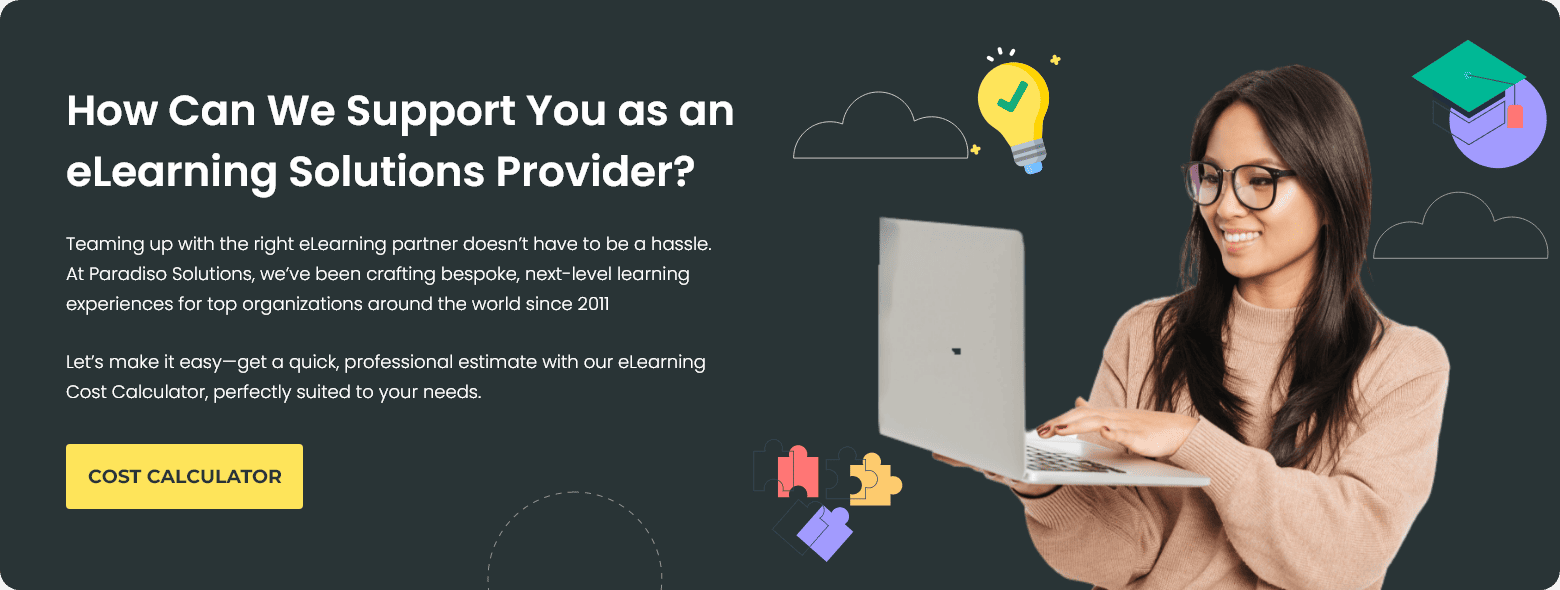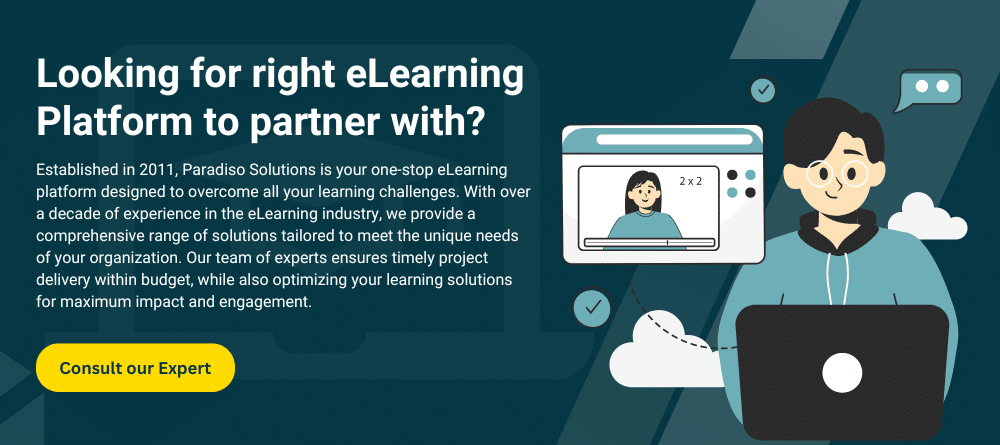eLearning design and development is a critical process in creating online educational programs that are not only informative but also engaging and effective. It involves a systematic approach to crafting digital learning experiences that cater to the needs of diverse learners. This process encompasses everything from defining learning objectives and structuring course content to incorporating multimedia elements like videos, quizzes, and interactive simulations. Instructional designers and developers work together to ensure that the final product is user-friendly, accessible, and capable of delivering measurable outcomes.

We have
something for you!
Are you still figuring out which LMS is the best? Grab the chance to explore the LMS Buyer's Guide and get started.

















